Knox’s art can be traced back to the European tradition, which in turn inherits from ancient Egyptian and Greek Art, whereby a composition is built from the ground up, with the adoption of a geometric ground plan. Here I am trying to use curves and straights to indicate how that device works in the superb compositions of some of the greatest European Alpha Seers in the past. The constructions shown in the diagrams below are self-evident and self- explanatory enough,– so any further thesis from me on this topic will be counter- productive. Additional theories or analysis can inevitably reinforce the mistaken and moronic notion that somewhere along the line there exists a program for the creation of art,– and provided that you follow every step and learn them well you can one day paint like a master too. Even a 6 year old can call it bluff, — that such a claim is totally fraudulent!
The visual metaphor is the heart and soul of a work of art. The vehicle for the metaphor’s expression is part and parcel of itself. How beautifully it is being communicated is often determined by how profoundly the Alpha Seer can express himself. As such, a metaphor is in and of itself a vehicle for communication. In that sense, one cannot distinguish the metaphor from its carrier, since it serves as its own vehicle. The metaphor is the vehicle. The subject matter of art is art itself!!!! For an enlightened viewer to get to the essence of that metaphor,–i.e. for a successful communion to take place, the geometric ground plan is there to make sense of what we see in its composition. The task of the Alpha Seer is to establish that metaphor from a crude formation to one with subtlety, i.e. one that would satisfy the Tao of painting, enriched with Supreme Mathematical Relationships,– which provide the definition for a perfect form. In the same way a poet rewrites a draft to perfection in order to attain its final expression and achieve readiness for publication.
Some basic commonalities in great art can be pointed out as follows.
Please don’t forget, the profoundest spiritual laws in the universe can also be found in the most common of physical laws.
1. Because the curve of the circle and the run of the straight are the most powerful of lines possible,– with the entire composition lying on the locus of circles and straights there is created a sense of formal compactness. One can often sense the existence of that compactness in masterful Chinese calligraphy, and for this reason, the masterful calligraphy by Master Li Yung of the Tang Dynasty is inserted for comparison.
2. The geometric ground plans,– working within the fantastic dhamma of Supreme Mathematical Relationships,– also known as the Tao of ultimate composition making, of having part connecting to parts, and parts relating to whole,– eventually bringing all the forms together in a harmonious unit and unity.
3. The geometric ground plan has effectively created a flatness in design. Designing on a 2 dimensional space only a flat design can be possible,–and only such a design can be called realistic. Thus anything “going into space” is nothing more than the whims of an illustrator. The result is an illustration.( think of Norman Rockwell and Salvador Dali.) As one can see in the diagrams, even a sculpture ( i.e. the sphinx sculpture here ) should also give a strong sense of flatness in design when viewed from any direction. This sense of flatness in design is characteristic of all great arts since time immemorial.
4. By presenting those images in black and white, the Yin and Yang interactions can be immediately detected and recognized at a glance. (Remember the Yin and Yang interaction in masterful Chinese calligraphy?) Thus it is possible to set up a basis for comparison with other compositions, wherein one sees, not only the soul of the metaphor, but also the direction and intent of an Alpha Seer of our time,– in the way he has evolved his own specific approach for solving compositional problems. For example, the forms of flowers by Knox Martin have been radically re-invented to allow for a more ingenious spacial interaction of the Yin and Yang energies.
5. Knox has never created anything out of abstraction in his life. I can fully attest to that. So it is completely mistaken for anyone to categorize his art as “abstract art.” Contemporary critics who have done so will find out one day that they must pay dearly for such an ignorance. An adverse judgment from History will be passed against them for this terrible absurdity. The entire career of Knox Martin is hinged on this clairvoyance of his, or amazing natural endowment, towards the creation of visual metaphors. To call Knox’s art “abstract” reflects very poorly on the art critic as it indicates an illiteracy and a blindness in plain view of such brilliant metaphors, each of them worthy at least, of one Nobel Prize in Literature each, if the Nobel Committee is willing to extend their Literature award to Painting as well. Knox’s expressions are extremely profound and subtle. He is the ultimate metaphor super-creator! His metaphors are chiefly those of women and flowers. He loves them both,– with a manly and artistic passion throughout his life! He is a lion in his own right!
Perhaps this statement from Knox here is worth a million words by the art critics who often fall into the trap of interpreting blindly the original intents of the great master, often through the mistaken notions of meaning such as the claim of a psychological indicator here or a societal implication there. Those types of interpretation are nothing more than shabby attempts to explain the work of a great artist on the cheap. Now look at this statement by Knox Martin himself. Knox said,” My works are about creation and, for the most part, women and flowers. Under the new science, women is cousin to plants; women are mobile plants.” It should be loud and clear enough, like a thunder clap on the horizon, forever proclaiming the enthroning of the uniquely radical contribution of Knox Martin to humanity!
The Alpha Seer formerly called Ben Lau
(Ben Lau used to be a Wahyanite himself. Once a Wahyanite, always a . . . what?)
(Young Wahyanites take note: Wahyanite actually means “the most brilliant kids of south China,”–thanks to the enterprising Jesuits, who must have kept a secret recipe in recruiting you guys !)
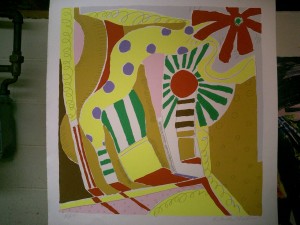
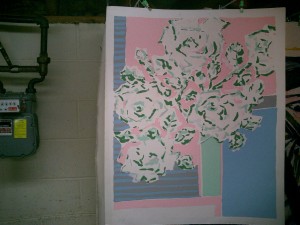

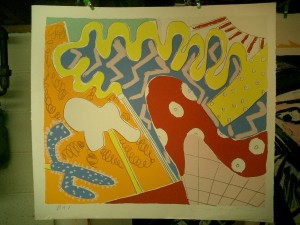


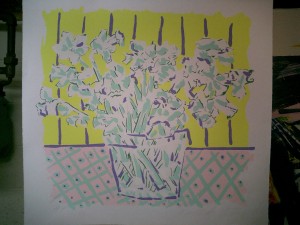
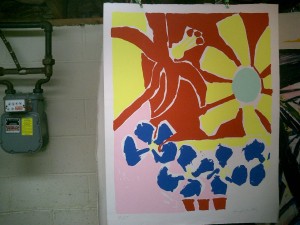
Keep it! As a genius, Knox Martin is bigger than Picasso. Knox is 93 this year.
Comment by internet safety statistics — March 9, 2015 @ 6:12 pm